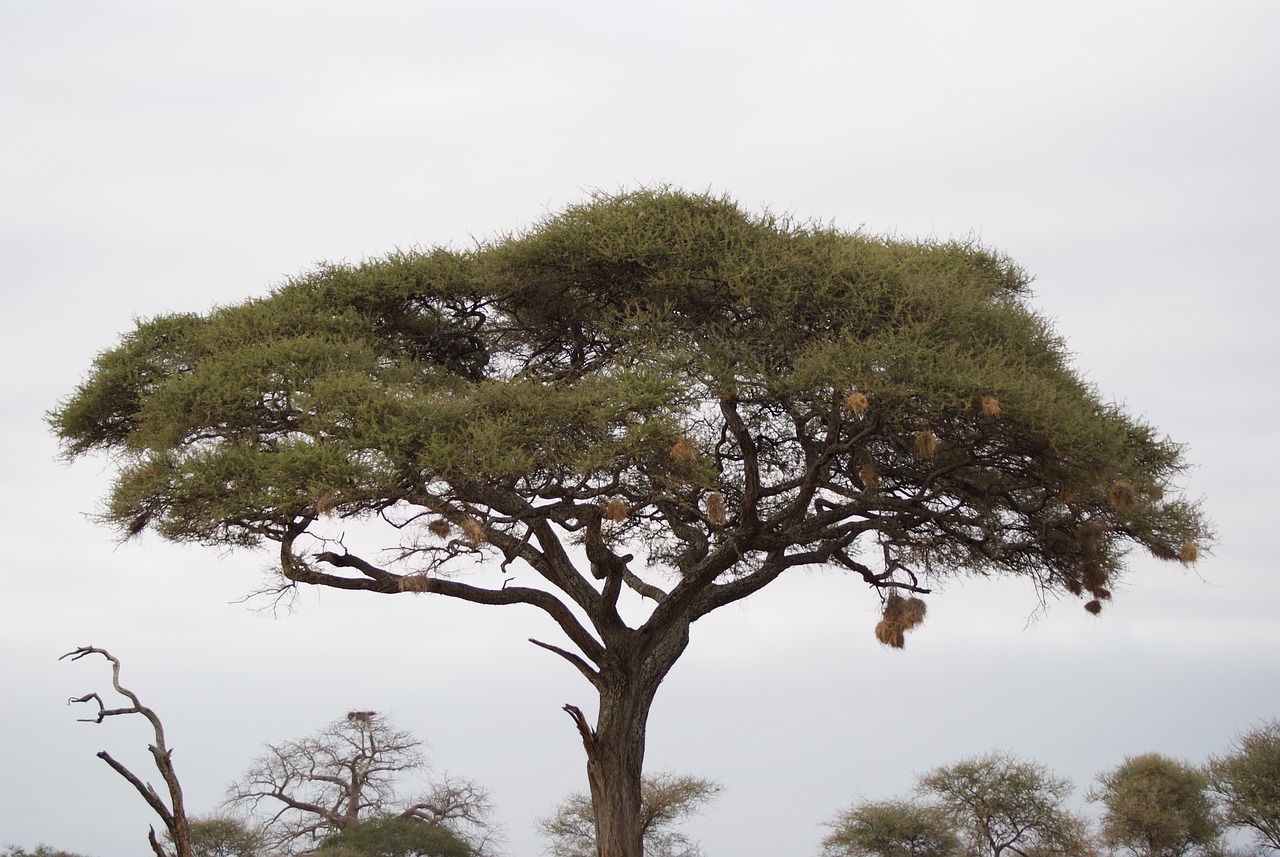“`html
Discovering the Acacia Tree: A Comprehensive Guide
The Acacia tree is a remarkable and versatile botanical species known for its unique characteristics and ecological significance. From its distinctive appearance to its symbolic meanings, the Acacia has captured the imagination of many. In this guide, we will explore the Acacia tree’s habitat, characteristics, and cultural significance, as well as provide tips on how to cultivate it in your own garden.
Understanding Acacia: Habitat and Characteristics
Native Habitat of the Acacia
Acacia trees are predominantly found in tropical and subtropical regions. They thrive in a variety of environments, ranging from savannas and woodlands to arid zones. Australia is home to the largest diversity of Acacia species, but these trees are also native to Africa, the Americas, and parts of Asia. Their adaptability to different climates and soil types has contributed to their widespread presence across these continents.
Distinctive Features of Acacia
Acacia trees are easily recognizable by their feathery leaves and bright yellow or creamy-white flowers. These trees can vary significantly in size, from small shrubs to large trees reaching heights of up to 30 meters. Many Acacia species possess thorns, a defensive trait that helps protect them from herbivores. The bark of the Acacia is often rough and textured, with some species producing a gum that has various commercial uses.
The Symbolism and Meaning of Acacia
In various cultures, the Acacia tree holds significant symbolic meanings. In ancient Egypt, it was associated with life and resurrection, often depicted in religious artifacts and texts. In Freemasonry, the Acacia symbolizes purity and endurance. The flower language attributes meanings such as friendship, beauty, and secret love to the Acacia’s blossoms.

How to Grow Acacia Trees
Choosing the Right Acacia Species
Before planting an Acacia tree, it’s essential to select the appropriate species for your climate and soil conditions. Some popular species for cultivation include Acacia dealbata (Silver Wattle), Acacia baileyana (Cootamundra Wattle), and Acacia longifolia (Sydney Golden Wattle). Each of these species offers unique visual and ecological benefits.
Planting Acacia Trees
Acacia trees prefer well-drained soil and a sunny location. Begin by digging a hole twice the width of the root ball and just as deep, ensuring the tree is planted at ground level. Water the tree thoroughly after planting and apply a layer of mulch to retain moisture and suppress weeds.
Caring for Your Acacia
Once established, Acacia trees require minimal maintenance. They are drought-tolerant and need little water beyond natural rainfall. Pruning is essential to maintain a healthy shape and remove any dead or diseased branches. Fertilization is rarely necessary, but a balanced, slow-release fertilizer can be applied in early spring if desired.

Additional Insights into Acacia
Ecological Benefits of Acacia Trees
Acacia trees play a vital role in their ecosystems. They provide food and habitat for a wide range of wildlife, including birds, insects, and mammals. The nitrogen-fixing ability of Acacia roots enriches the soil, making them valuable in reforestation and land rehabilitation projects. Their dense foliage also offers shade and reduces soil erosion.
Uses of Acacia in Industry
Beyond their ecological benefits, Acacia trees are economically significant. Acacia gum, also known as gum arabic, is harvested from several species and used in food, pharmaceuticals, and cosmetics. Acacia wood is prized for its durability and is used in furniture and flooring.
Acacia and Cultural Significance
Throughout history, the Acacia tree has been revered in various cultures. It appears in religious texts, literature, and art, symbolizing resilience and beauty. The Acacia’s role in traditional medicine, where it is used for its anti-inflammatory and antimicrobial properties, further underscores its cultural importance.
For more detailed information on Acacia trees and their uses, consider visiting [Kew Gardens’ Acacia page](https://www.kew.org/plants/acacia) for an in-depth look at various Acacia species.
Conclusion
The Acacia tree is more than just a plant; it is a symbol of endurance and beauty. Whether you are interested in its ecological contributions, cultural significance, or simply wish to cultivate it in your garden, the Acacia offers a wealth of benefits and insights. For additional gardening tips and plant care advice, explore our Gardening Tips section for more resources.
“`
